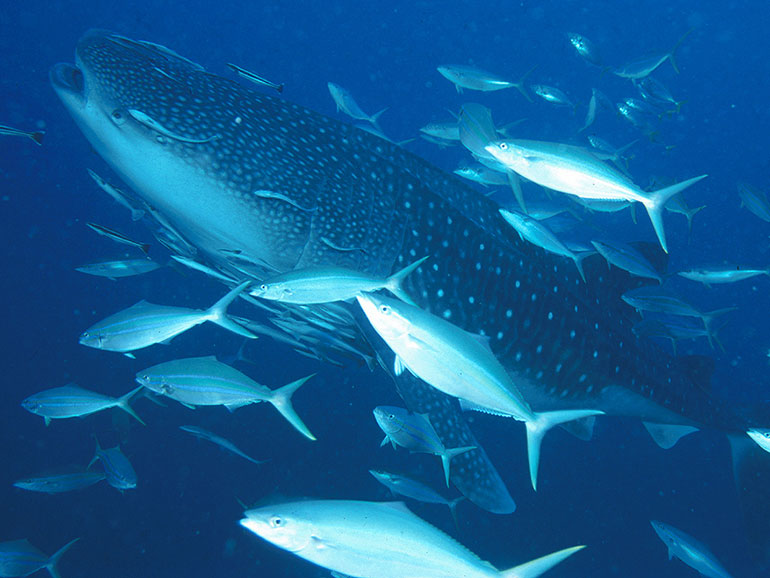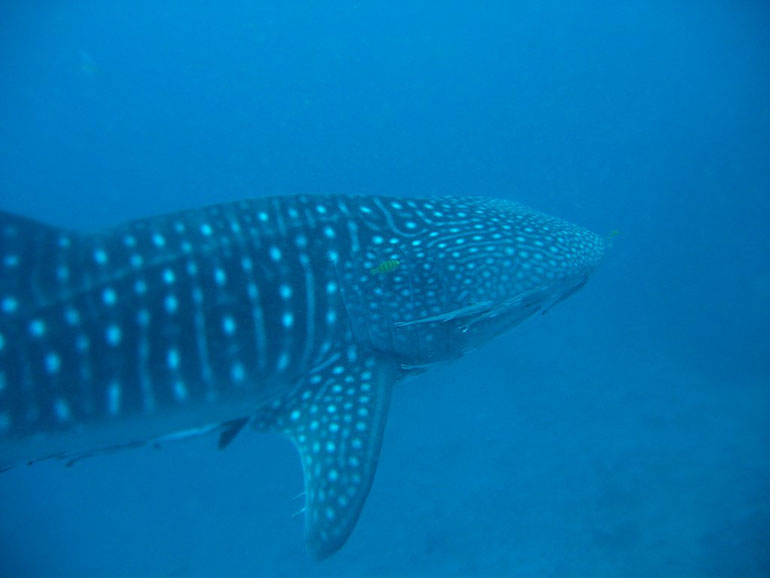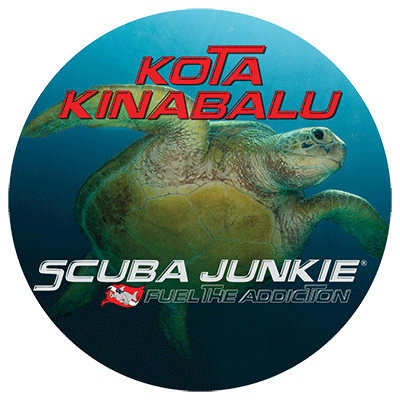Did you know Whale Sharks are the largest fish on the planet? And are in no way related to whales. Although they are sharks, they are very docile and pose no real threats to humans.
Whale sharks can grow to be up to 12 meters long and can weigh up to 20 tons (the size of a bus!!), making them the world’s largest fish. Despite their size, they are very docile creatures that are completely harmless to divers. They only eat plankton and small fish that are filtered from the ocean by their large mouths, which are located on the front of the head rather than the underside, as opposed to the underside of most shark species.
Although little is known about this massive creature, whale sharks are thought to live to be over 100 years old, reaching maturity at around 30 years. They are thought to have a rapid growth rate when young, which then slows down, taking them a long time to mature and increasing the vulnerability of this iconic species.
Do you want to learn some more interesting facts about these beautiful gentle giants? Have a look at this excellent whale shark article from Dive The World!

This is a very common question & the easiest answer is in the water! Of course there is an element of luck you have to be in the right place at the right time, however if they are around you will find them within the Tunku Abdul Rahman marine park.
There have been lucky student divers in the past that have been able to see these amazing creatures while taking their PADI Open Water course. Can you imagine seeing one of your first Open water dive? What an experience!
There can be no guarantee of seeing a whale shark as when you are diving in the ocean it is such a vast space. I read somewhere that diving is like going on safari, not like going to the zoo, which is quite realistic. However, the more you dive the better chance you have of seeing this magical creature!
Don’t worry though, if you don’t manage to spot one there are still plenty of amazing things to see such as Eagle rays, school of Barracuda, Snappers, Turtles, Black Tip reef sharks & much much more!
The million-dollar question! Of course nature is quite random but it is typically March- April time in Kota Kinabalu when we gain large plankton blooms which draw in the Whale Sharks in.
Whale sharks have sensory cells in the nasal grooves above the mouth, and these help the whale shark detect food in the water. It has been suggested that whale shark movement patterns are linked with coral spawning and plankton blooms.

It is important to remember that sharing water with these amazing creatures is a once-in-a-lifetime experience that most people check off their bucket list. However, it is critical that we understand the do’s and don’ts of our behaviour around them, and that we treat these creatures with the utmost respect.
Scuba Junkie adheres to standards & guidelines to ensure we do not endanger, harm or harass the animal. This also means divers can make the most of their whale shark encounter.
We hope you will join us in trying to spot these beautiful animals! Don’t forget nature can change their mind & we can have random visits at other times in the year too! If you are not looking it might just pop up and surprise you!
